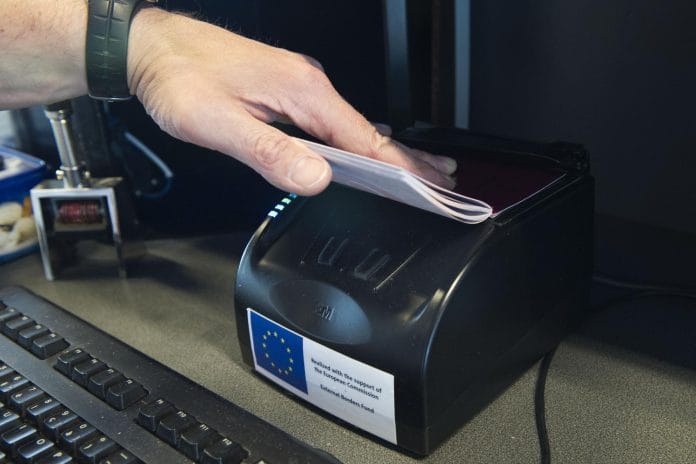The Entry/Exit System (EES), the European Union’s new digital border system which will apply to non-EU travellers entering or leaving the EU, became operational on October 12. “From now on, EU countries will start electronically registering the data of those coming into the EU for short stays – 90 days in a 180-day period,” the European Commission proclaimed.
“With the Entry/Exit System, Europe takes a digital leap forward, making external borders smarter, enhancing security while facilitating legitimate travel,” Executive Vice-President for Tech Sovereignty, Security and Democracy Henna Virkkunen said. “By working closely with eu-LISA (the European Union Agency for the Operational Management of Large-Scale IT Systems in the Area of Freedom, Security and Justice), Member States and the transport sector, we are delivering a secure, efficient and travel-friendly system that combines cutting-edge technology with Europe’s commitment to safety and innovation,” she added.
Operating and evolving in an ever-changing internal security landscape, eu-LISA manages large-scale IT systems that support the implementation of asylum, border management, migration, and justice policies in the EU, facilitating the implementation of one of EU citizens’ fundamental rights – the right to free movement – for more than 400 million people.
For his part, Internal Affairs and Migration Commissioner Magnus Brunner noted that the EES is the digital backbone of the EU’s new common European migration and asylum framework. “With its launch, we are modernising how we manage our external borders. Every person who arrives at an external border will – without exception – undergo identity verification, security screening, and registration in the EU databases,” he said, explaining that the six-month rollout gives Member States, travellers, and businesses time to transition smoothly to the new procedures.
In practice, where the new EES system is already in place, non-EU nationals will have their passport data, biometric data (facial image and fingerprints) and entry or exit data registered in the system. The registration will be done at the first entry and at the first exit; then, for each subsequent entry and exit, only a fast verification will be needed. The new system will gradually replace the current practice of manually stamping passports and meets the highest standards of data protection and privacy.
Travellers can find up-to-date information and guidance on the official EES website: travel-europe.europa.eu/ees before entering the Schengen area.
🚨 Important update for non-EU nationals travelling to Europe for a short stay: A new border management system is launching!
Today, the Entry/Exit System will begin recording certain travel data, in line with EU data protection rules. https://t.co/EW77rXD3tL #TravelToEurope pic.twitter.com/XQVar4Vcj8
— European Union in the U.S. (@EUintheUS) October 12, 2025
This new system will be progressively rolled out over a period of six months. During this time, EU countries have the freedom to decide when and where to start deploying the system at their border crossings.
The gradual introduction will help border authorities, the transport industry and travellers adapt smoothly to the new procedures. As of 10 April 2026, the system will be fully operational at all external border crossing points, officially replacing passport stamping with electronic records.
The European Commission stressed that strengthening the EU’s common borders is a key priority. “With the entry into force of the new Entry/Exit System, border control will become not only more secure, but more efficient and convenient for all people coming in and out of the EU,” the Commission said.
The EES is part of the EU’s Smart Borders package, which aims to improve the management of the EU’s external borders by using state-of-the-art technology and innovative solutions. The package includes the EES, the European Travel Information and Authorisation System (ETIAS), and an extended and more harmonised use of the Automated Border Control (ABC) systems utilised by the Member States.
The ETIAS is already generating some concern in the travel industry as its pre-approval process is similar to the United States’ ESTA system, which requires an online pre-clearance for most travelers entering the country, even those not requiring visas. Currently, ETIAS is set to start operations in the last quarter of 2026.








